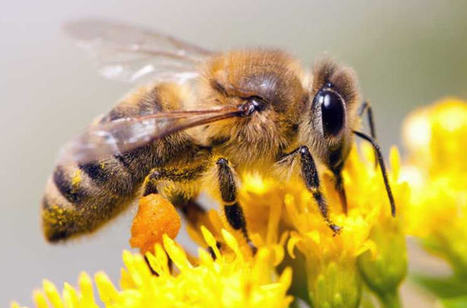"We all know that crystal clear feeling that comes after a spell of unplugged time, especially if that time is spent outdoors. For over 20 years as a professional investor, I've relished these small windows of escape, and my work has benefitted from the clarity that they bring. More recently I've wondered, what if that clarity could last longer than my sunburn does? What if instead of being a place to escape, nature could become my personal and professional mentor?"
Research and publish the best content.
Get Started for FREE
Sign up with Facebook Sign up with X
I don't have a Facebook or a X account
Already have an account: Login
 Your new post is loading... Your new post is loading...
 Your new post is loading... Your new post is loading...
|

Linus Ridge's comment,
August 14, 2013 5:03 PM
Shared on LinkedIn http://www.linkedin.com/in/linusillsleyridge
|













